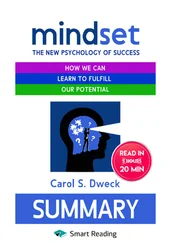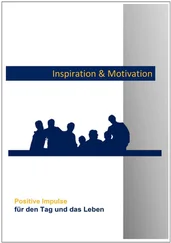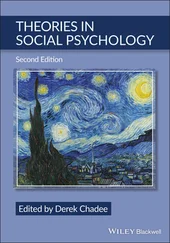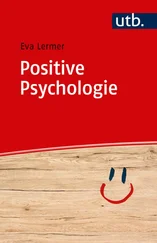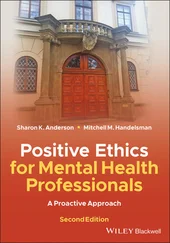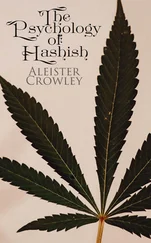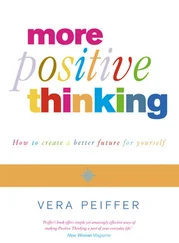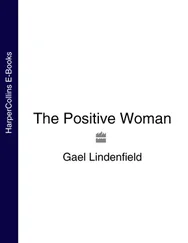Personally, I think the relationship of empathy‐induced altruism to positive psychology is not as an exemplar but as a challenge: The empathy‐altruism research poses two questions for positive psychology. First, despite extending our view of human nature beyond deficiencies, has positive psychology extended it far enough? Not only for Maslow but also for the field of positive psychology when established 40 years later in the 1990s by Martin Seligman and others, the positives at issue are almost always positives for the individual – the individual’s happiness, creativity, subjective well‐being, social skills, self‐efficacy, flourishing, and so on. But if I actively seek one or more of these positives as an ultimate goal, my motivation is directed toward self‐benefit. And no matter how noble the sought self‐benefit, my motivation is egoistic. Even if, for example, I dedicate my life to caring for others as the way to live a full, meaningful life, this is still a form of egoism because my care for others is an instrumental goal on the way to the ultimate goal of living a full, meaningful life.
In contrast, the ultimate goal of empathy‐induced altruistic motivation isn’t self‐benefit, not even the noble self‐benefits extolled by positive psychology. Its ultimate goal is to benefit the person for whom empathy is felt. Thus, to find that the empathy‐altruism hypothesis is true extends our view of human nature beyond self‐interest – even in its most positive forms. If we can care for others for their sakes, our potential exceeds what positive psychology has envisioned.
Second, should not the “positive” and the “psychology” in positive psychology be kept distinct? Positive psychology focuses on what’s good about people. In contrast, the research reported in this chapter suggests that empathy‐induced altruistic motivation isn’t inherently good. Sometimes it leads us to act in ways that we or others judge good, and sometimes, in ways judged bad. Like any other natural phenomenon, empathy‐induced altruism isn’t inherently positive or negative; it just is. What we do with it is what is positive or negative.
Science, including psychology, can help us understand what is, but to decide whether and when some personal attribute is positive, negative, and neutral is a value judgment that takes us beyond science, including psychology. Should not the distinction between what is and whether and when what is good be applied not only to empathy‐induced altruism but also to the personal attributes that are the focus of positive psychology? Doing so would encourage exploration of possible negatives associated with these attributes, not only positives.
1 Aderman, D., Brehm, S. S., & Katz, L. B. (1974). Empathic observation of an innocent victim: The just world revisited. Journal of Personality and Social Psychology, 29, 342–347.
2 Balzac, H. de. (1962). Père Goriot ( H. Reed, Trans.). New York, NY: New American Library. (Original work published 1834).
3 Batson, C. D. (2009). These things called empathy: Eight related but distinct phenomena. In J. Decety & W. Ickes (Eds.), The social neuroscience of empathy (pp. 3–15). Cambridge, MA: MIT Press.
4 Batson, C. D. (2010). The naked emperor: Seeking a more plausible genetic basis for psychological altruism. Economics and Philosophy, 26, 149–164.
5 Batson, C. D. (2011). Altruism in humans. New York, NY: Oxford University Press.
6 Batson, C. D. (2018). A scientific search for altruism: Do we care only about ourselves? New York, NY: Oxford University Press.
7 Batson, C. D., & Ahmad, N. (2001). Empathy‐induced altruism in a prisoner’s dilemma II: What if the target of empathy has defected? European Journal of Social Psychology, 31, 25–36.
8 Batson, C. D., & Ahmad, N. (2009). Using empathy to improve intergroup attitudes and relations. Social Issues and Policy Review, 3, 141–177.
9 Batson, C. D., Ahmad, N., Yin, J., Bedell, S. J., Johnson, J. W., Templin, C. M., & Whiteside, A. (1999). Two threats to the common good: Self‐interested egoism and empathy‐induced altruism. Personality and Social Psychology Bulletin, 25, 3–16.
10 Batson, C. D., Batson, J. G., Todd, R. M., Brummett, B. H., Shaw, L. L., & Aldeguer, C. M. R. (1995). Empathy and the collective good: Caring for one of the others in a social dilemma. Journal of Personality and Social Psychology, 68, 619–631.
11 Batson, C. D., Chang, J., Orr, R., & Rowland, J. (2002). Empathy, attitudes, and action: Can feeling for a member of a stigmatized group motivate one to help the group? Personality and Social Psychology Bulletin, 28, 1656–1666.
12 Batson, C. D., Duncan, B., Ackerman, P., Buckley, T., & Birch, K. (1981). Is empathic emotion a source of altruistic motivation? Journal of Personality and Social Psychology, 40, 290–302.
13 Batson, C. D., Dyck, J. L., Brandt, J. R., Batson, J. G., Powell, A. L., McMaster, M. R., & Griffitt, C. (1988). Five studies testing two new egoistic alternatives to the empathy‐altruism hypothesis. Journal of Personality and Social Psychology, 55, 52–77.
14 Batson, C. D., Klein, T. R., Highberger, L., & Shaw, L. L. (1995). Immorality from empathy‐induced altruism: When compassion and justice conflict. Journal of Personality and Social Psychology, 68, 1042–1054.
15 Batson, C. D., Lishner, D. A., Cook, J., & Sawyer, S. (2005). Similarity and nurturance: Two possible sources of empathy for strangers. Basic and Applied Social Psychology, 27, 15–25.
16 Batson, C. D., & Moran, T. (1999). Empathy‐induced altruism in a prisoner’s dilemma. European Journal of Social Psychology, 29, 909–924.
17 Batson, C. D., Polycarpou, M. P., Harmon‐Jones, E., Imhoff, H. J., Mitchener, E. C., Bednar, L. L., … Highberger, L. (1997). Empathy and attitudes: Can feeling for a member of a stigmatized group improve feelings toward the group? Journal of Personality and Social Psychology, 72, 105–118.
18 Batson, C. D., & Weeks, J. L. (1996). Mood effects of unsuccessful helping: Another test of the empathy‐altruism hypothesis. Personality and Social Psychology Bulletin, 22, 148–157.
19 Bell, D. C. (2001). Evolution of parental caregiving. Personality and Social Psychology Review, 5, 216–229.
20 Berenguer, J. (2007). The effect of empathy in proenvironmental attitudes and behaviors. Environment and Behavior, 39, 269–283.
21 Blader, S. L., & Rothman, N. B. (2014). Paving the road to preferential treatment with good intentions: Empathy, accountability, and fairness. Journal of Experimental Social Psychology, 50, 65–81.
22 Bloom, P. (2016). Against empathy: The case for rational compassion. London, UK: Bodley Head.
23 Brown, S. L., Nesse, R., Vinokur, A. D., & Smith, D. M. (2003). Providing social support may be more beneficial than receiving it: Results from a prospective study of mortality. Psychological Science, 14, 320–327.
24 Buffone, A. E. K., & Poulin, M. J. (2014). Empathy, target distress, and neurohormone genes interact to predict aggression for others – even without provocation. Personality and Social Psychology Bulletin, 40, 1406–1422.
25 Burton, J. W. (1987). Resolving deep‐rooted conflict. Lanham, MD: University Press of America.
26 Cameron, C. D., & Payne, B. K. (2011). Escaping affect: How motivated emotion regulation creates insensitivity to mass suffering. Journal of Personality and Social Psychology, 100, 1–15.
27 Cikara, M., Bruneau, E., & Saxe, R. R. (2011). Us and them: Intergroup failures of empathy. Current Directions in Psychological Science, 20, 149–153.
28 Clore, G. L., & Jeffrey, K. M. (1972). Emotional role playing, attitude change, and attraction toward a disabled person. Journal of Personality and Social Psychology, 23, 105–111.
Читать дальше



